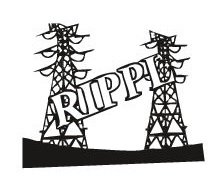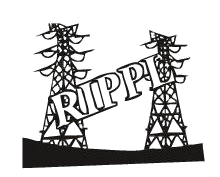A stack, or chimney, is designed to release hot air, emissions, and particulate matter at a height, dispersing pollutants from sources like boilers and flue gas systems. By releasing these at elevated levels, the polluted air spreads over a wide area, ensuring ground-level concentrations remain within safe limits, protecting humans, animals, and vegetation.
The height of stacks—such as those for chimneys, boilers, diesel generators (DG sets), or DG exhaust pipes—is critical for effective pollutant dispersion in the upper atmosphere, relative to nearby building heights.
According to CPCB or Indian standards for Industrial Stack Monitoring, flue gas emissions from boiler stacks, DG sets, and furnaces must not exceed a particulate matter limit of 150 mg/Nm³. However, this limit may vary depending on the specific industry.

